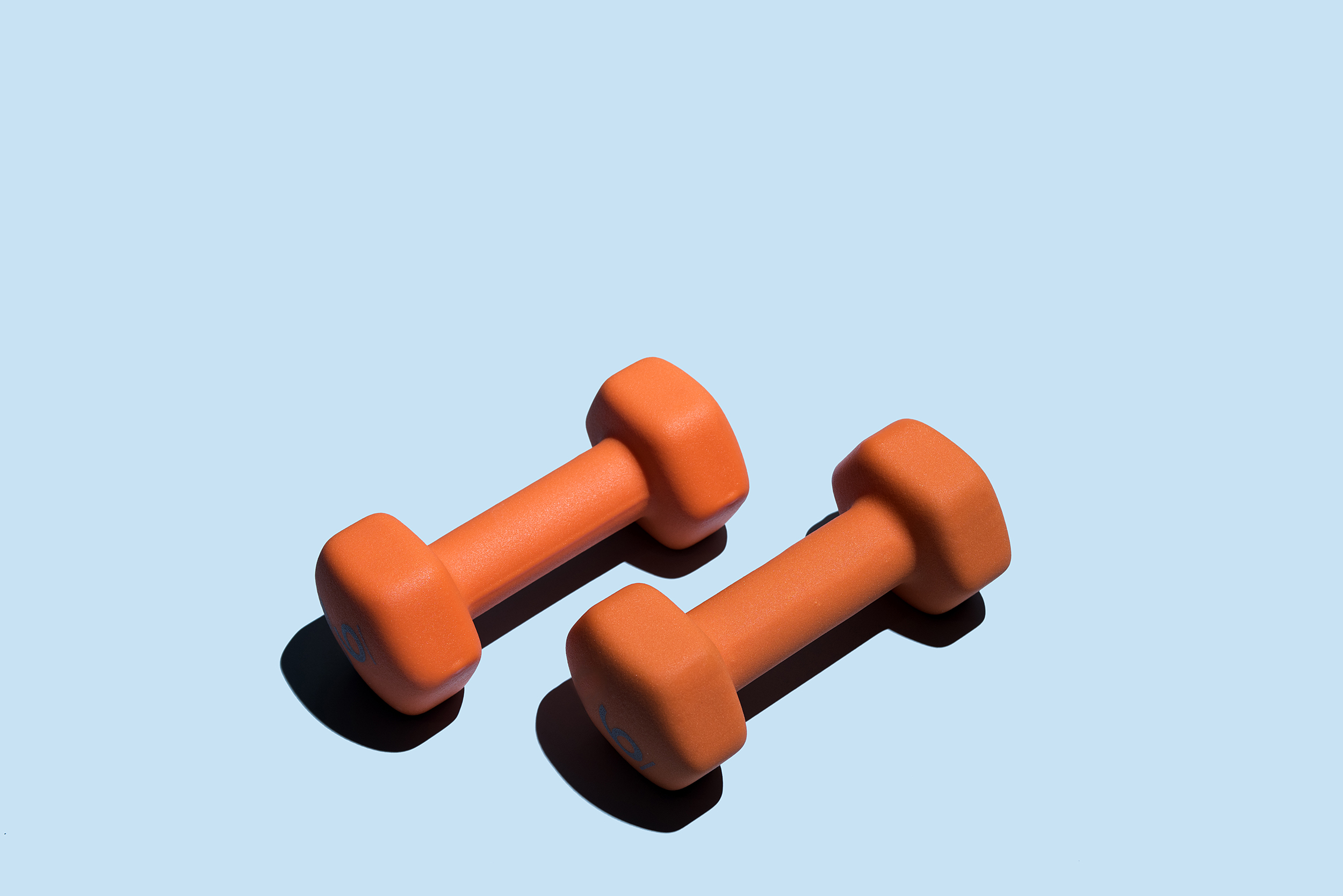<!-- wp:gutenberg-custom-blocks/featured-media {"id":"4177396","url":"https://api.time.com/wp-content/uploads/2016/01/weighs-2-fitness-exercise-strength-health-betterment-body-image.jpg","caption":"","credit":"Molly Cranna for TIME","mediaSize":"medium-jw","playlistId":"AZDDWEPy","goJwPlayer":true} -->

<!-- /wp:gutenberg-custom-blocks/featured-media --><!-- wp:paragraph -->
It’s not just you: Many people are turned off by the thought of exercise because they think it has to be intense or time-consuming. But the findings of a new study published in the journal BMC Public Health suggests that people could learn to enjoy being active simply by tweaking those beliefs and expectations.
Weight Loss Guide
<!-- /wp:paragraph --><!-- wp:paragraph -->
So says the study’s lead author Michelle Segar, director of the University of Michigan’s Sport, Health, and Activity Research and Policy Center, who’s spent years researching what motivates people to get and stay physically fit. (She’s also author of No Sweat: How the Simple Science of Motivation Can Bring You a Lifetime of Fitness.) Too often, she says, people begin exercise programs to lose weight, and quit when they don’t shed pounds right away.
<!-- /wp:paragraph --><!-- wp:paragraph -->
In her new study, she and her colleagues asked 40 women about what really makes them feel happy and successful. Then they analyzed how their views about working out either fostered or undermined those feelings. The diverse group of women were all between ages 22 and 49.
<!-- /wp:paragraph --><!-- wp:paragraph -->
All of the women—whether they were regular exercisers or not—turned out to want the same things out of life: to have meaningful connections with others, to feel relaxed and free of pressure during their leisure time and to accomplish the goals they’d set for themselves, whether in their personal lives, their careers or simply their daily to-do lists.
<!-- /wp:paragraph --><!-- wp:gutenberg-custom-blocks/unsupported-block {"content":"<newsletter data="health" /> -->"} -->

<!-- /wp:gutenberg-custom-blocks/unsupported-block --><!-- wp:paragraph -->
The big difference, the researchers found, was that women who were inactive viewed exercise as counterproductive to those things. In order for exercise to be valid, they thought, it had to be seriously heart-pumping and sweat-inducing—the complete opposite of the “relaxing” feeling they wanted from their free time.
<!-- /wp:paragraph --><!-- wp:paragraph -->
They also felt that following an exercise program took up too much time and put too much pressure on them, and that it was too difficult to commit to a schedule and meet expectations, leaving them feeling like failures.
<!-- /wp:paragraph --><!-- wp:paragraph -->
But women in the study who were regularly active didn’t share these views. For them, exercise went hand-in-hand with their desires for social connectivity, relaxing leisure time and feeling accomplished.
<!-- /wp:paragraph --><!-- wp:paragraph -->
That shift in mindset has to happen for women who aren’t currently active, says Segar. “These women feel alienated by exercise, or feel that they’ve failed when they tried it in the past,” she says. “They have a very narrow definition of what exercise should look like.”
<!-- /wp:paragraph --><!-- wp:paragraph -->
MORE: Here’s What Happens When You Don’t Exercise for 2 Weeks
<!-- /wp:paragraph --><!-- wp:paragraph -->
Segar says that definition comes from decades of messaging from fitness companies and older scientific research that suggesting that high-intensity activity is the only way for exercise to be worthwhile. “That’s no longer true,” she says. “The new recommendations for physical activity really open the door for people to pretty much do anything that works for them.”
<!-- /wp:paragraph --><!-- wp:paragraph -->
The U.S. Department of Health and Human Services suggests that for “substantial health benefits,” adults should get 150 minutes a week of moderate-intensity physical activity, such as brisk walking. It’s true that additional benefits can be gained from more (or more intense) exercise, but Segar says this is a good starting point for many Americans who currently lead sedentary lives.
<!-- /wp:paragraph --><!-- wp:paragraph -->
Instead of thinking about exercise as an alternative to enjoying free time or socializing with friends, she recommends framing it as a way to make those things happen. “Women need to give themselves permission to use physical activity as a way to relax—to get together with friends or loved ones and take a leisurely stroll, simply because being active and outdoors boosts their mood and makes them feel good.”
<!-- /wp:paragraph --><!-- wp:paragraph -->
MORE: Here’s How To Be Less Tired After Work
<!-- /wp:paragraph --><!-- wp:paragraph -->
While walking is an easy way to squeeze in more movement throughout the day, she also encourages people to get creative. “If you liked biking as a kid, rent a bike and see if it still feels good,” she says. “Play tag with your kids, take a dance class or even just climb the stairs a few extra times while you’re doing chores around the house.”
<!-- /wp:paragraph --><!-- wp:paragraph -->
Most importantly, Segar says, people need to know that any physical activity is better than no physical activity. “You don’t have to do 30 minutes at a time, you don’t have to sweat and you don’t have to hate whatever it is you’re doing,” she says. “You just have to choose to move when you see opportunities.”
<!-- /wp:paragraph -->

